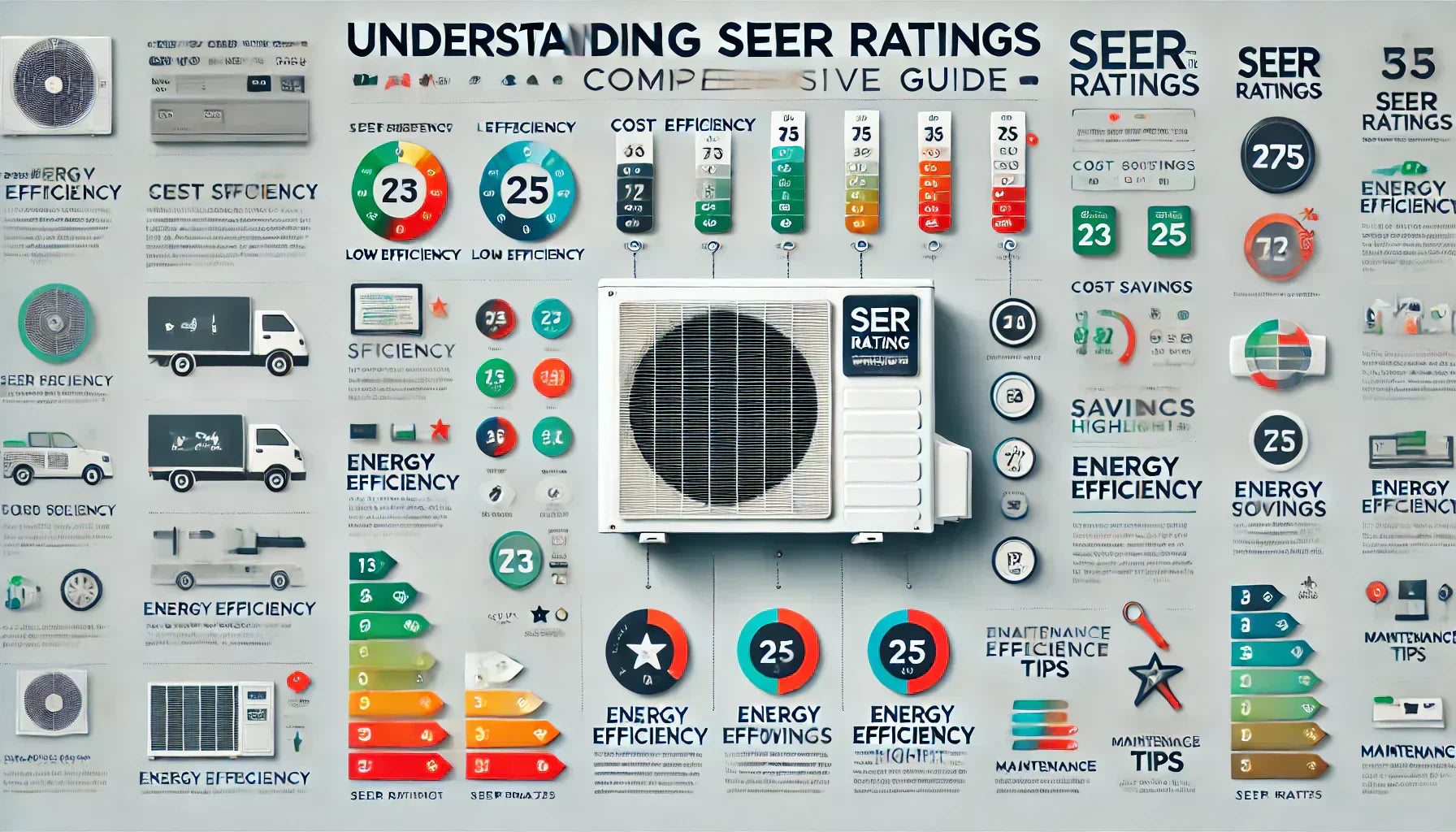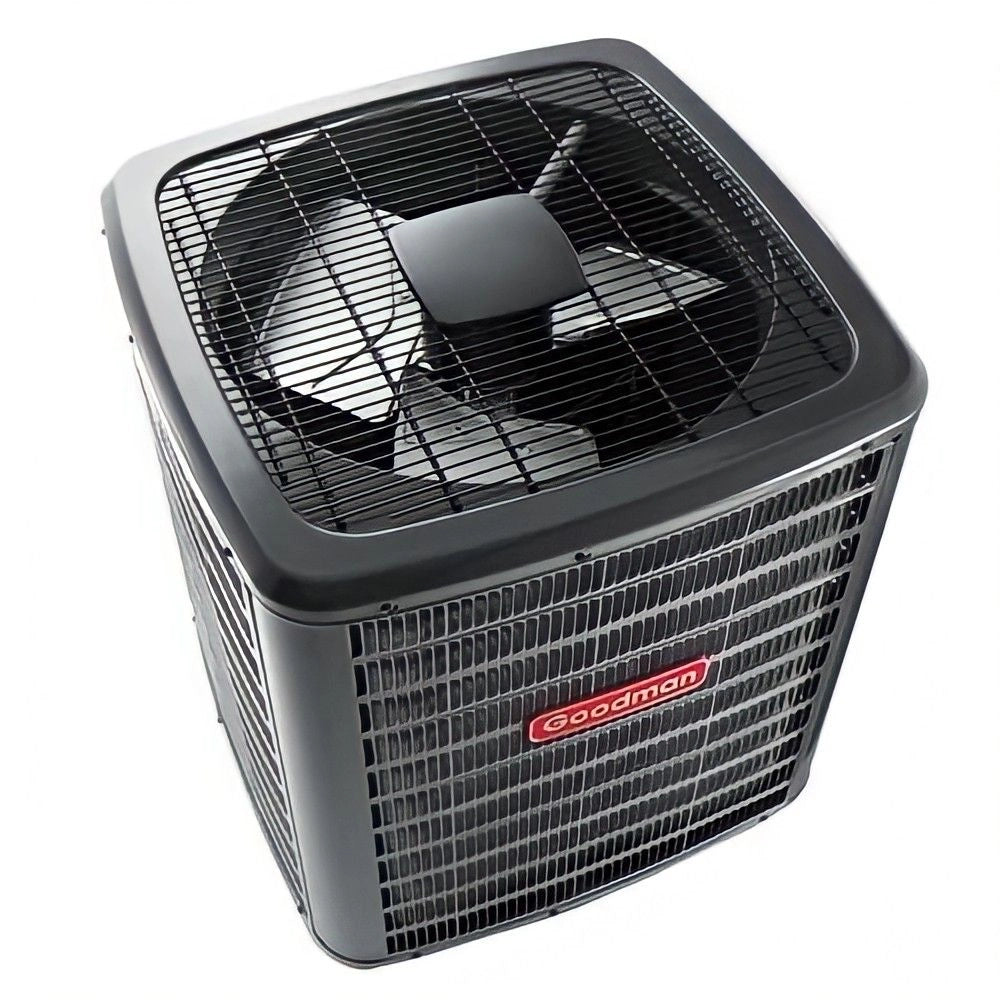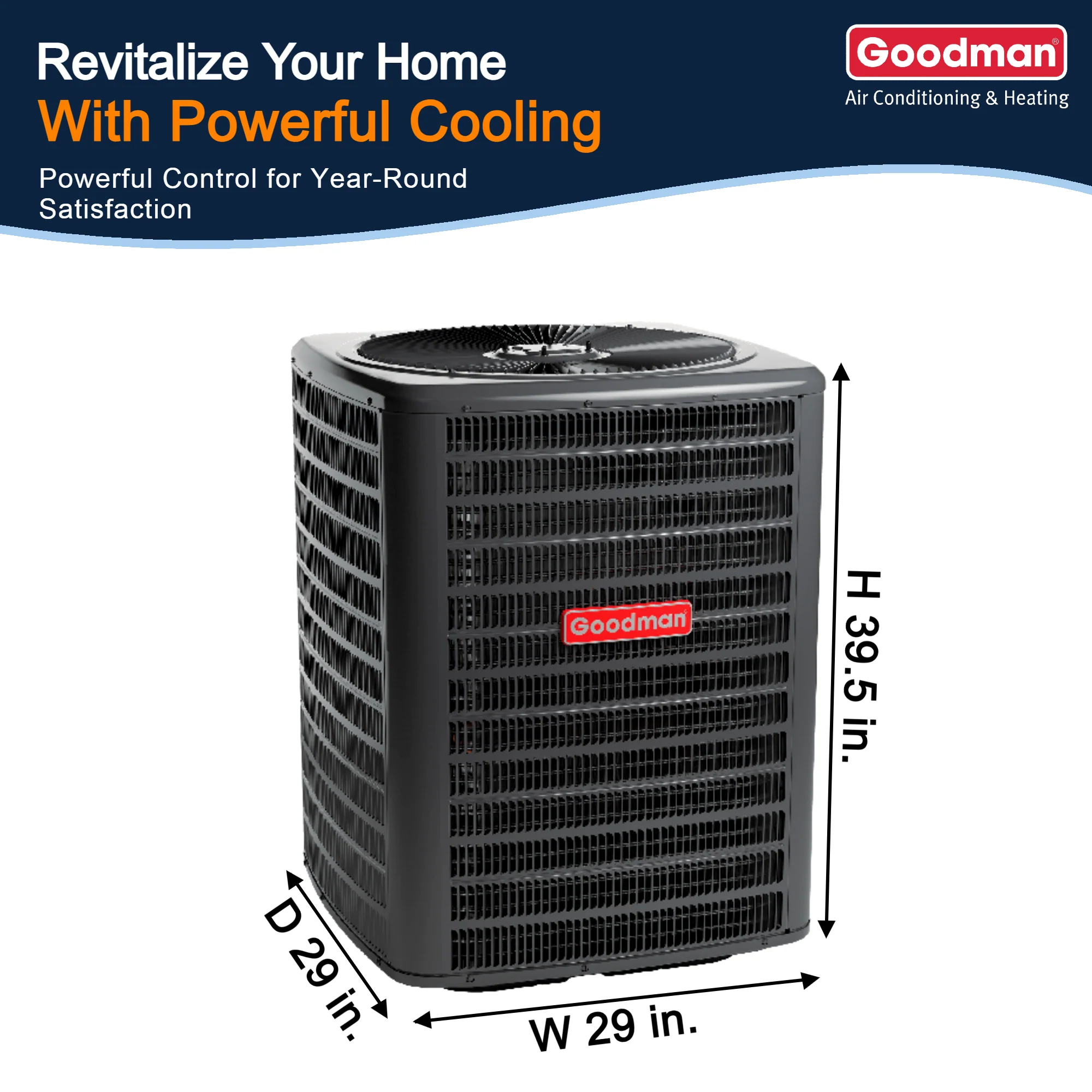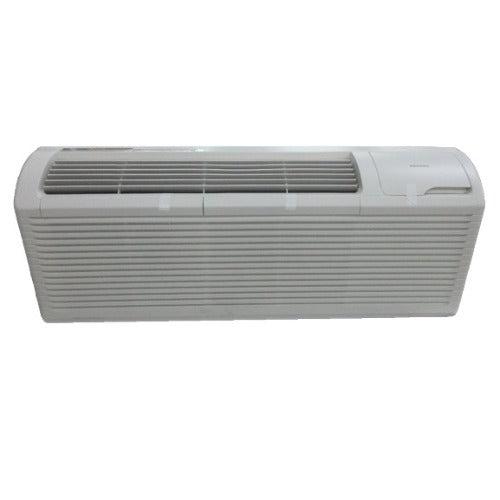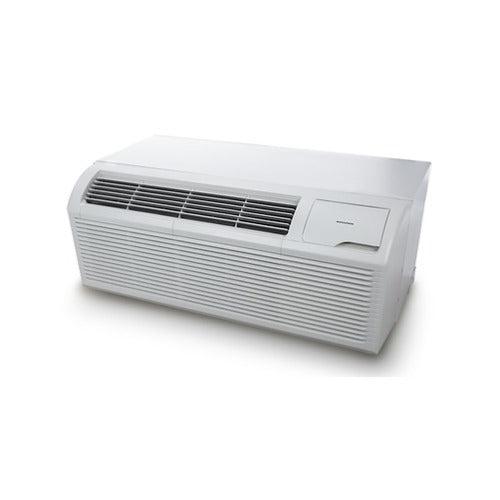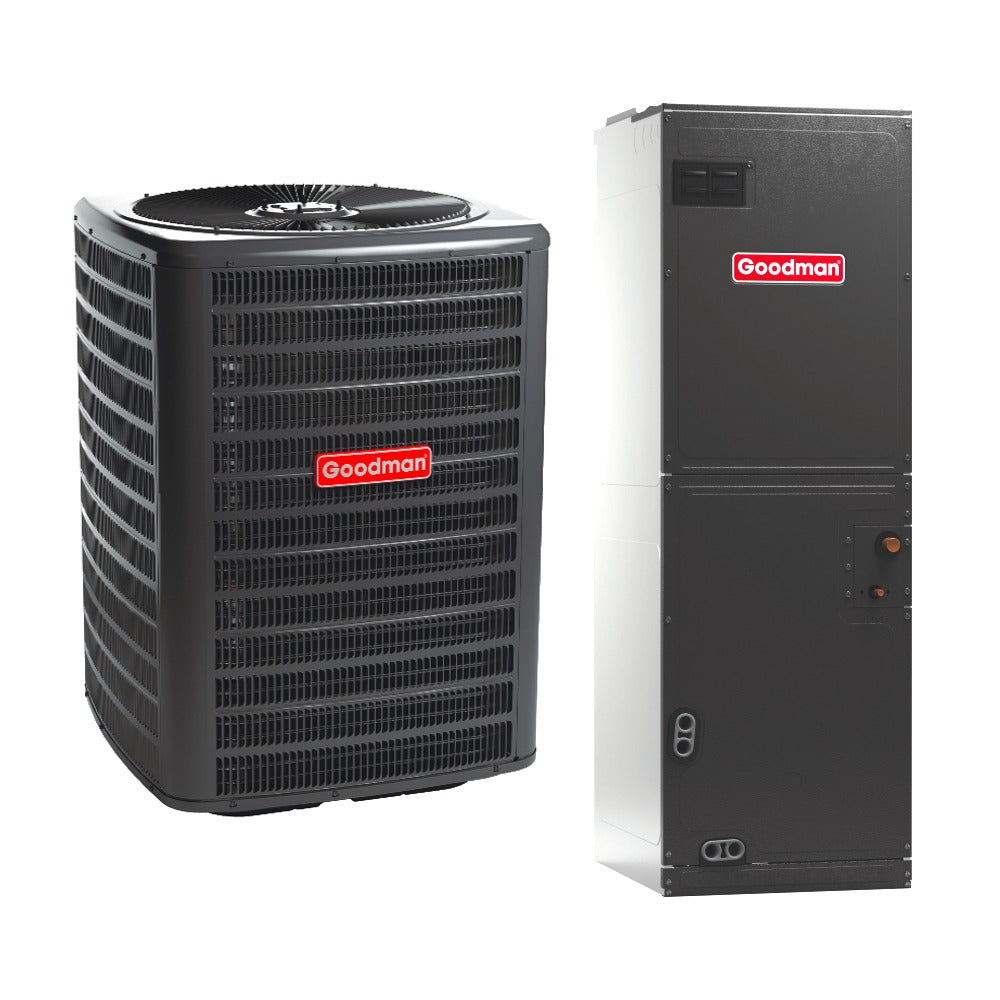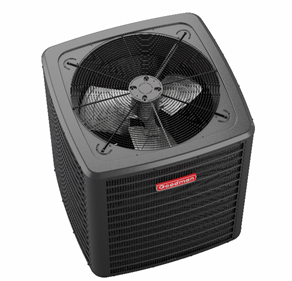Energy Efficiency & SEER Ratings: A Comprehensive Guide
Introduction
Energy efficiency plays a vital role in selecting an HVAC system. The Seasonal Energy Efficiency Ratio (SEER) is one of the key metrics that determines how efficiently an air conditioner operates. Understanding SEER ratings can help homeowners and businesses make informed decisions about their HVAC investments.
What is a SEER Rating?
SEER, or Seasonal Energy Efficiency Ratio, measures the cooling output of an air conditioning system over a typical cooling season, divided by the total electrical energy consumed. The higher the SEER rating, the more energy-efficient the unit is.
Key Points:
- Higher SEER ratings indicate lower energy consumption.
- Standard SEER ratings range from 13 to 25+ for modern AC systems.
- SEER ratings impact electricity bills, with higher-rated units offering better cost savings.
- Government standards require a minimum SEER rating of 14 in most U.S. states.
Why SEER Ratings Matter
- Lower Energy Bills: A unit with a higher SEER rating consumes less power, leading to reduced energy costs. Learn more about how SEER ratings impact energy costs from the U.S. Department of Energy.
- Environmental Impact: Energy-efficient units contribute to reducing carbon footprints by consuming less electricity. The Environmental Protection Agency (EPA) provides insights into energy efficiency and sustainability.
- Increased Comfort: High-SEER air conditioners often come with variable-speed compressors and enhanced humidity control. ASHRAE’s guide on HVAC efficiency offers further details on optimizing cooling performance.
- Rebates & Incentives: Many utility companies offer rebates for high-SEER HVAC systems. You can check Energy Star’s HVAC rebate programs to see available incentives in your area.
SEER Rating Comparison Chart:
| SEER Rating | Estimated Energy Savings |
|---|---|
| 13-15 | Basic efficiency |
| 16-18 | Moderate savings |
| 19-22 | High efficiency |
| 23+ | Maximum efficiency |
Choosing the Right SEER Rating for Your Home
Factors that influence the appropriate SEER rating include:
- Climate Zone: Hotter regions benefit more from higher SEER ratings.
- Usage Patterns: Homes with high AC usage should opt for a higher SEER system.
- Budget: Higher SEER units cost more upfront but provide long-term savings.
Infographic: "Understanding SEER Ratings & Energy Savings"

Conclusion
Understanding SEER ratings allows homeowners to make smart, energy-conscious decisions when purchasing a new HVAC system. Investing in a high-SEER unit can lead to significant long-term savings and improved home comfort.

